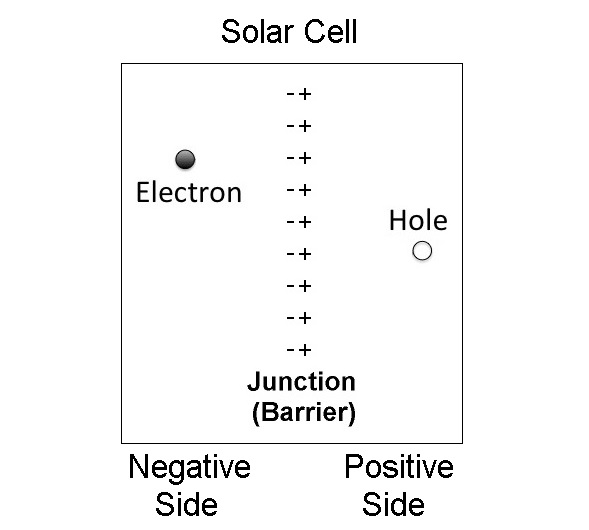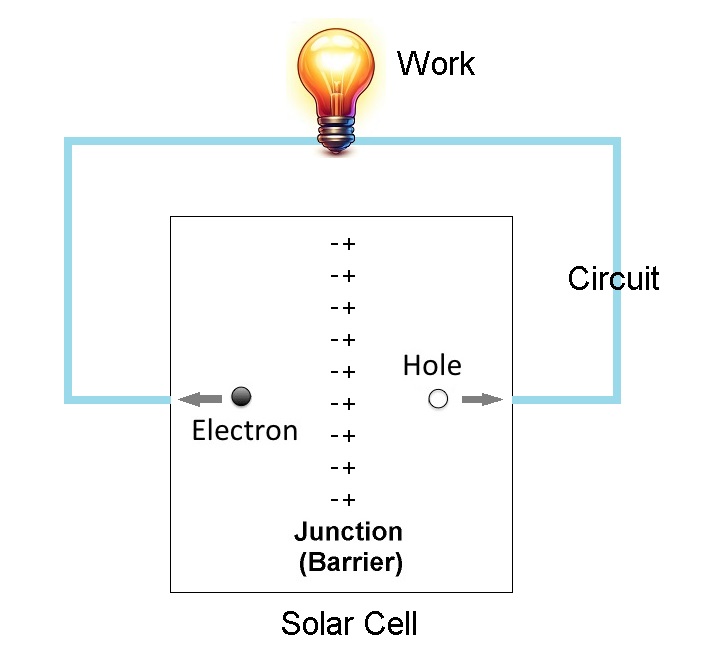How Solar PV Panels Work
Electricity is a flow of charge around a closed circuit. So how do we create this flow using a solar panel and sunshine?
What goes on inside a solar cell is pretty complex, but I’ll have a go at explaining. Don’t worry too much if you don’t understand the next few paragraphs!
Photons of light strike solar cells and dislodge electrons from their resting places. This results in negatively charged free electrons moving through the cell and positively charged holes where the electrons used to be. While a hole is just the absense of an electron, it behaves like a charged particle and can move around.
Solar cell silicon is treated so it has a positive side and a negative side. Where these two sides meet creates a barrier called a junction. Opposites attract, so negatively charged electrons want to travel to the positive side and positively charged holes want to travel to the negative side, but they are blocked from taking the shortest route.
When the two sides of a solar cell are connected with wire to make a circuit, the electrons and holes are able to flow through it to the sides they’re attracted to. This movement of charge can be harnessed as a source of energy and made to do work. For example, it can charge a battery, make a light bulb glow, or generate heat.
Or if you are like me and learn by pictures, then this might make more sense:
1) The atoms in a solar cell are surrounded by electrons:
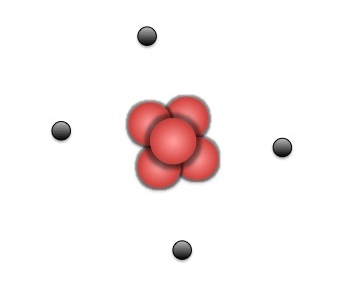
2) Sunlight hits electrons and ejects them from their resting places:
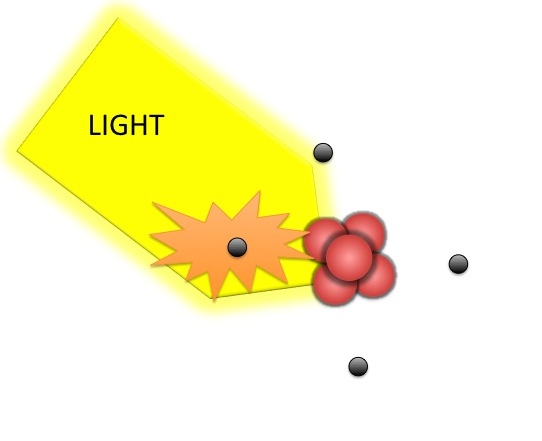
3) This leaves behind an electron hole:
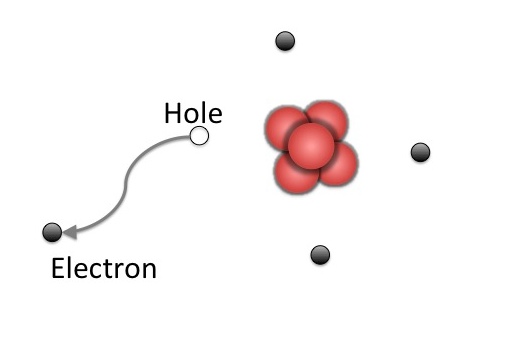
4) Electrons and holes can be blocked by the junction from getting to the side they want to be:
5) Connecting the two sides of the solar cell with wire makes a circuit that charge flows through and this can be used to do work.
And that is my best effort at explaining how the solar panels on your roof take in sunlight and spit out electricity. Hopefully, it helped!
The electricity from rooftop solar panels normally does all its useful work in a box of electronics called an inverter. This changes the direct flow of charge around the solar panel circuit from Direct Current (DC) into the Alternating Current (AC) our homes and electricity grids use.
Any electrical energy provided by the inverter that isn’t used by your home is normally sent into the grid for others to use.
